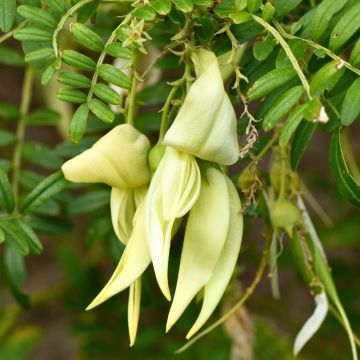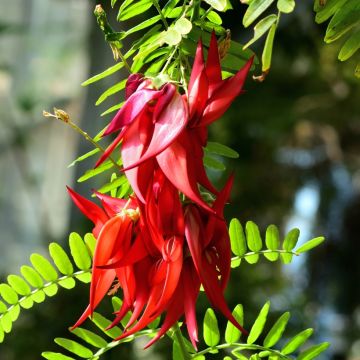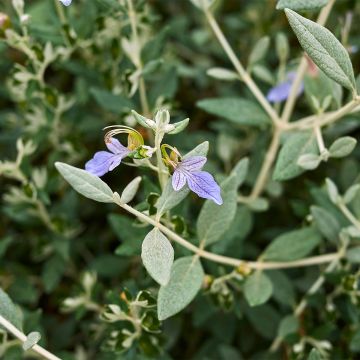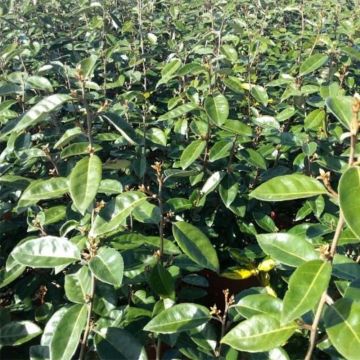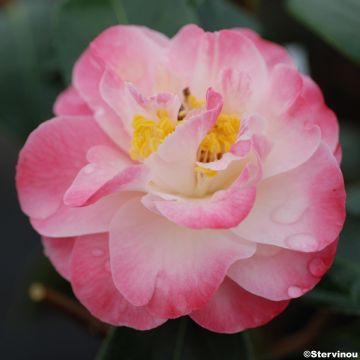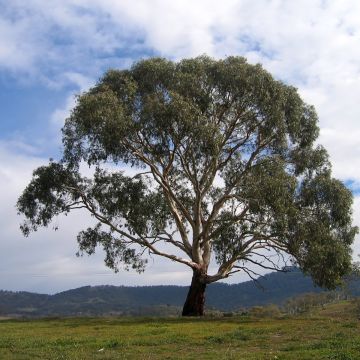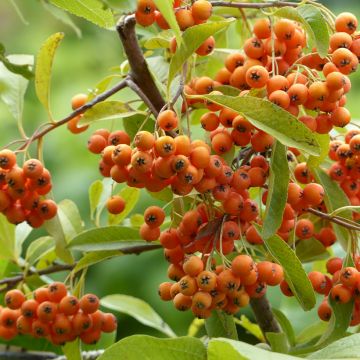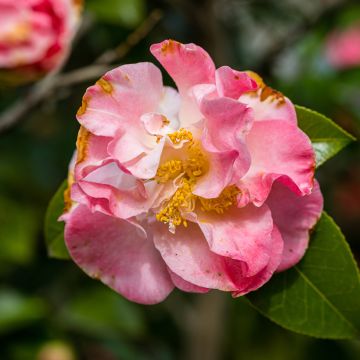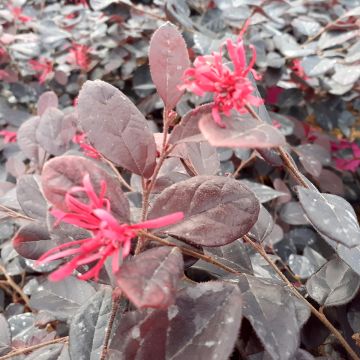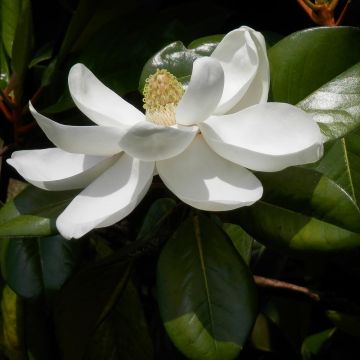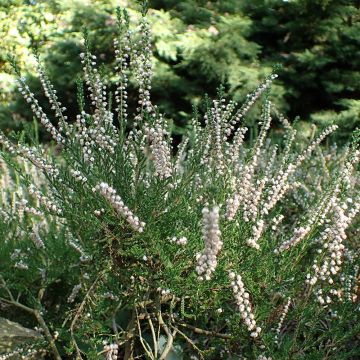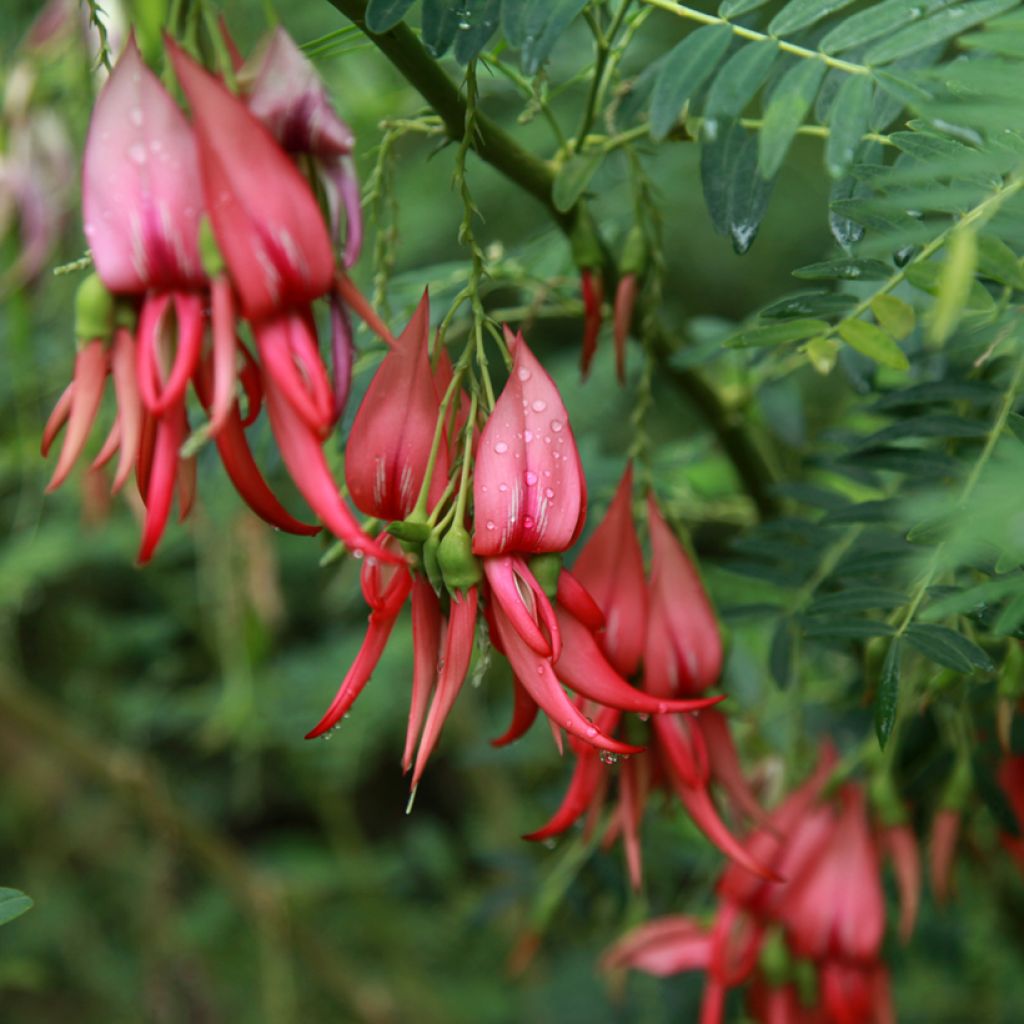

Clianthus puniceus Flamingo
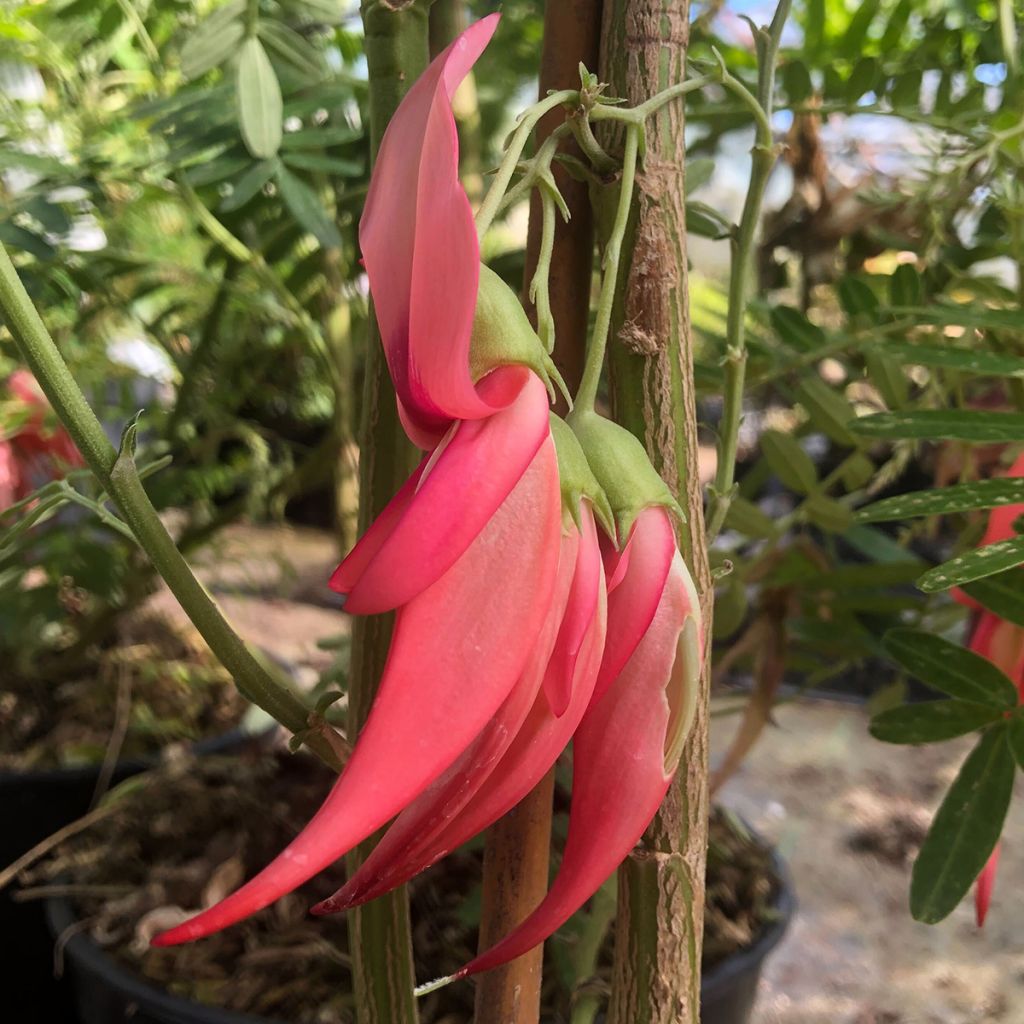

Clianthus puniceus Flamingo - Pince de Homard
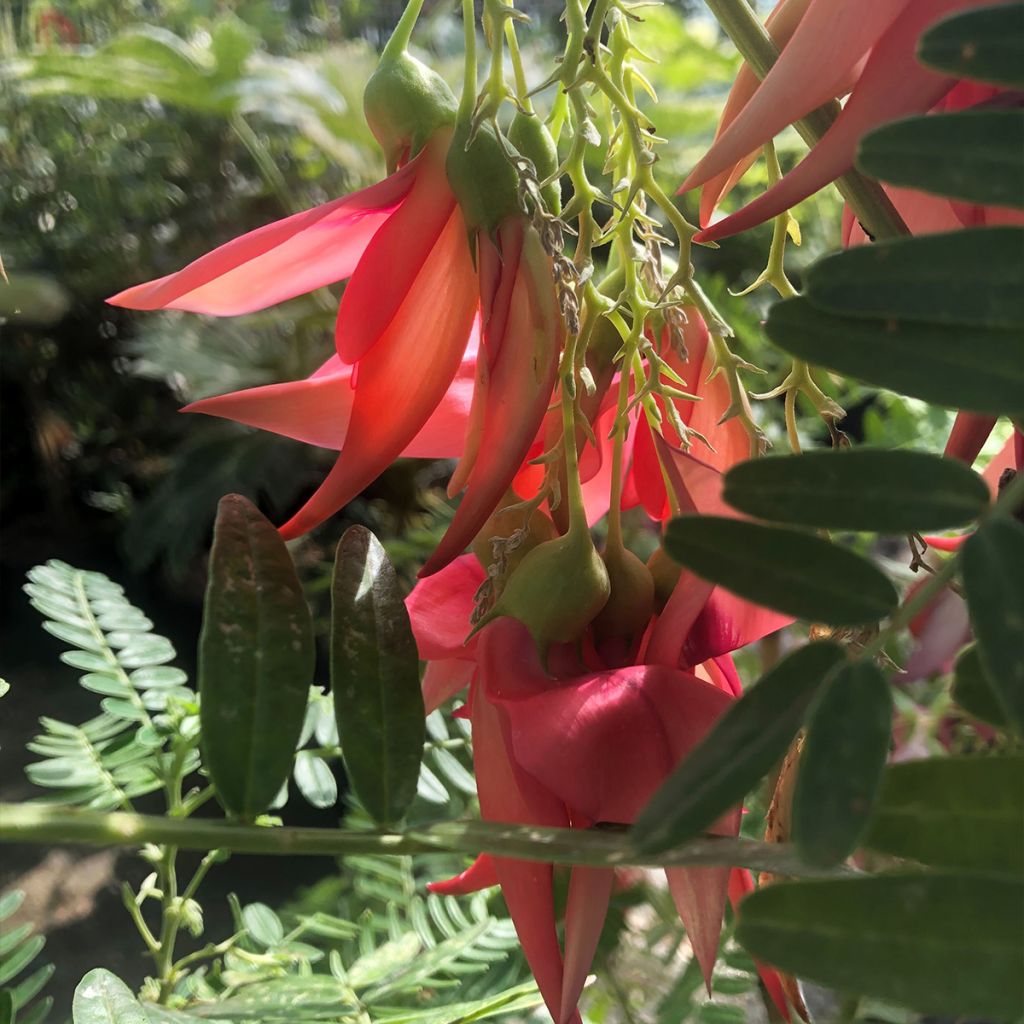

Clianthus puniceus Flamingo - Pince de Homard
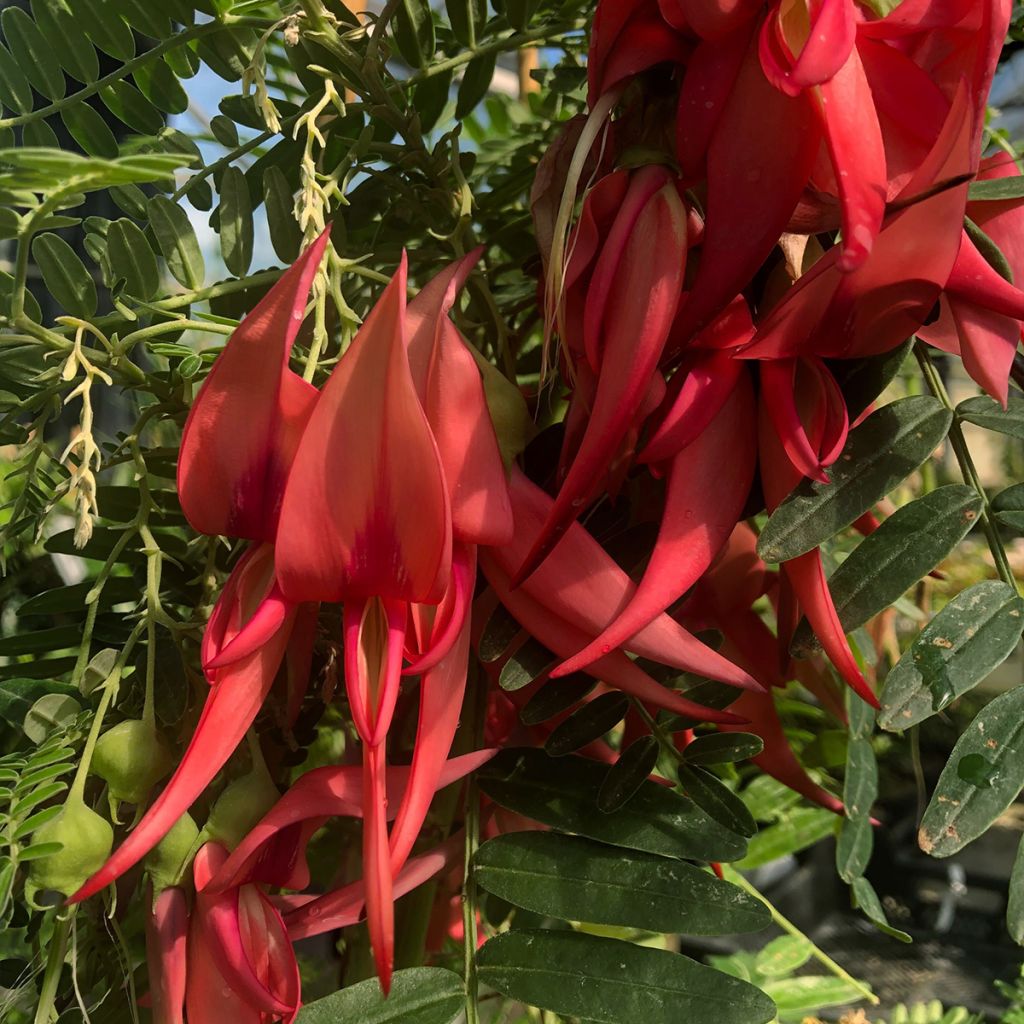

Clianthus puniceus Flamingo - Pince de Homard
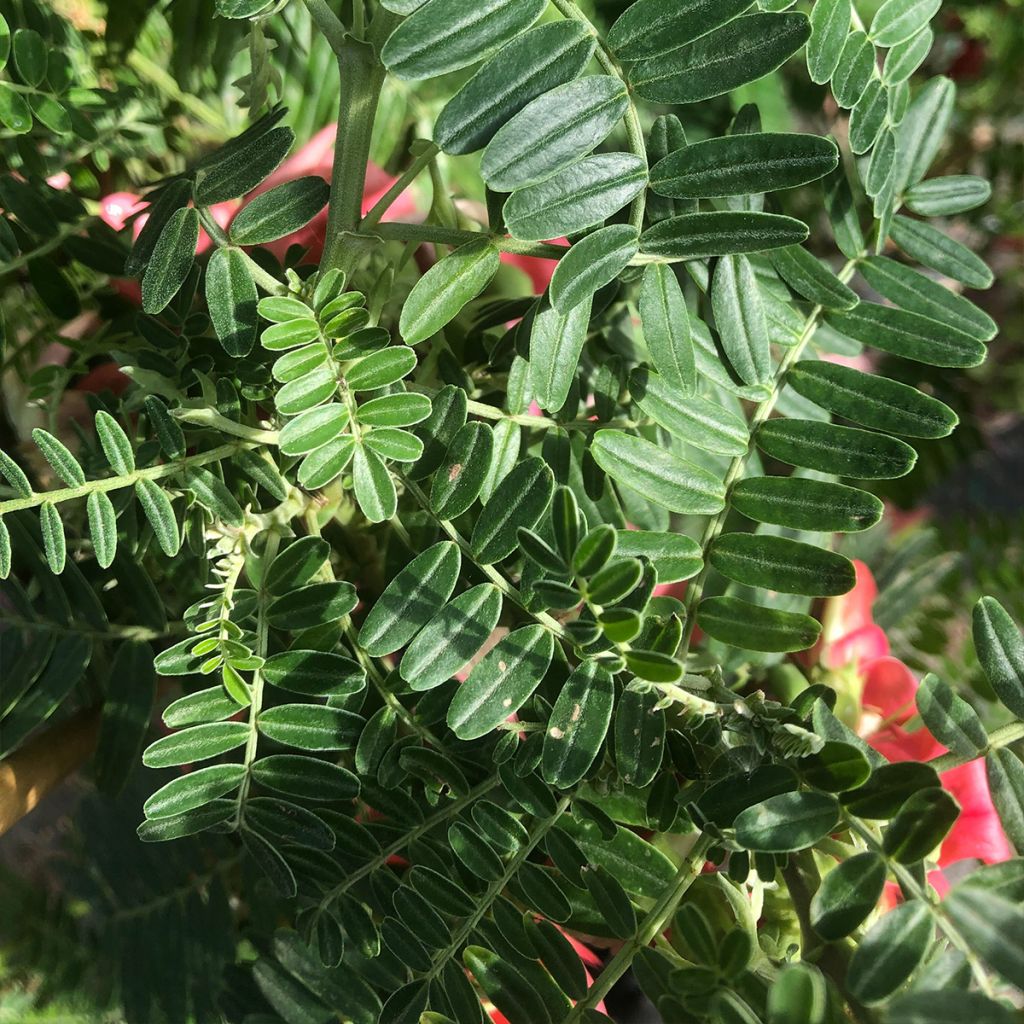

Clianthus puniceus Flamingo - Pince de Homard
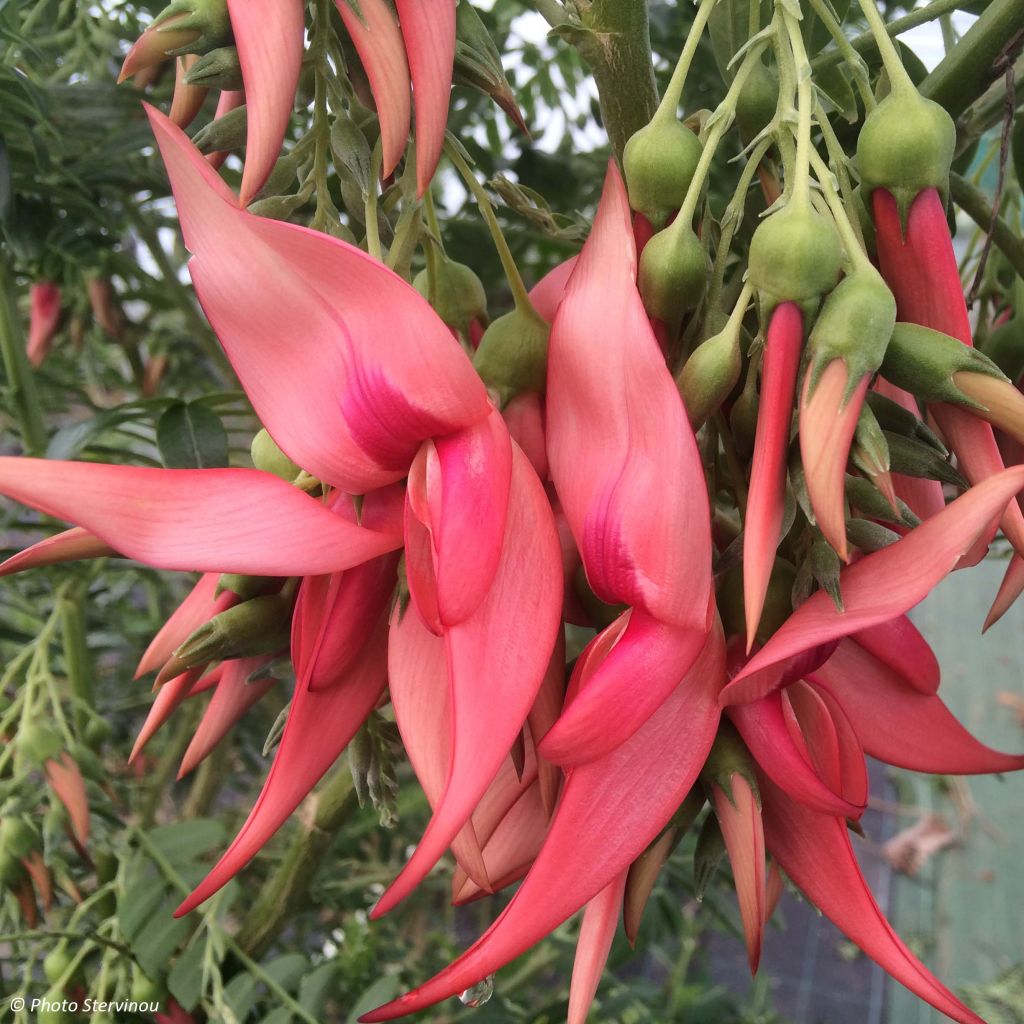

Clianthus puniceus Flamingo - Pince de Homard
Clianthus puniceus Flamingo
Clianthus puniceus Flamingo
Kaka Beak, Parrot's Beak, Lobster Claw, Parrot's Bill
young plant completely withers after flowering... Very disappointed considering the price.
Vincent, 13/07/2022
This item cannot be shipped to the selected country
Delivery charge from €5.90
More information
Schedule delivery date,
and select date in basket
This plant carries a 24 months recovery warranty
More information
We guarantee the quality of our plants for a full growing cycle, and will replace at our expense any plant that fails to recover under normal climatic and planting conditions.
From €5.90 for pickup delivery and €6.90 for home delivery
Express home delivery from €8.90.

Does this plant fit my garden?
Set up your Plantfit profile →
Description
The Clianthus puniceus 'Flamingo', also known as the 'Parrot's Beak', is a frost-tender New Zealand bush with great ornamental value, suitable for outdoor cultivation in mild regions. Elsewhere, it makes a beautiful terrace or balcony plant that should be stored indoors during winter. Its long, woody climbing stems bear pendulous clusters of uniquely shaped large petals in a stunning coral pink, resembling parrot beaks or lobster claws. Its finely cut foliage with silky undersides indicates its relation to wisteria or peas. To successfully grow it, provide it with sunlight and mild winter temperatures, a preferably chalky, fertile, well-draining soil that remains cool in summer.
The Clianthus puniceus (synonym Donia punicea), also called 'Kakabeak', is a bush belonging to the Fabaceae family. This plant can grow in poor soils by fixing essential nitrogen at its roots. It is native to the North Island of New Zealand and can be found on cliffs, near watercourses, forest edges or clearings with gravelly soils. Despite being cultivated, this plant is endangered in its homeland.
The Clianthus plant can thrive in a wide range of soils, including alkaline ones, as long as they remain moist during summer. It can withstand temperatures as low as -5°C in well-drained and sheltered locations.
The 'Flamingo' cultivar may be the most ornamental, selected for its beautiful coral pink flower colour. It is a climbing or creeping bush composed of long, very flexible stems that can reach 4m (13 ft 1 in), which are best trained against a support. Otherwise, it will form a tall and wide bushy mass over 2 metres (6 feet 7 inches) high. Its growth rate is rather fast. The leaves remain on the stems in winter in mild climates or in cold greenhouses. Measuring 15 cm (5.9 in) long, they are composed of numerous small regular leaflets, pale green to grey-green with silky undersides. Flowering usually occurs from March to May, but sometimes extends until September depending on the climate. These are clusters of large flowers appearing in the axils of the leaves, 10 to 15 cm (3.9 to 5.9 in) long, suspended from peduncles. These flowers have two keels or petals shaped like sickles, the 'lobster claws', 5 to 7 cm (2 to 2.8 in) long. The flowers give way to green pods that open to reveal large black seeds when fully ripe.
The Clianthus puniceus Flamingo looks striking as a standalone bush integrated into an exotic setting in a mild climate garden. Its low hardiness allows for outdoor cultivation in zone 9, in a sheltered location. If you live in a cooler climate, you can grow this plant in a large pot and keep it indoors during winter in a cool, bright space. This plant doesn't like overly heated and dry atmospheres, so watering it throughout the growing season and reducing watering in winter is essential. You could pair it with a Boronia heterophylla, which thrives in similar conditions, or a Jacaranda mimosifolia that blooms in spring and autumn.
Report an error about the product description
Clianthus puniceus Flamingo in pictures
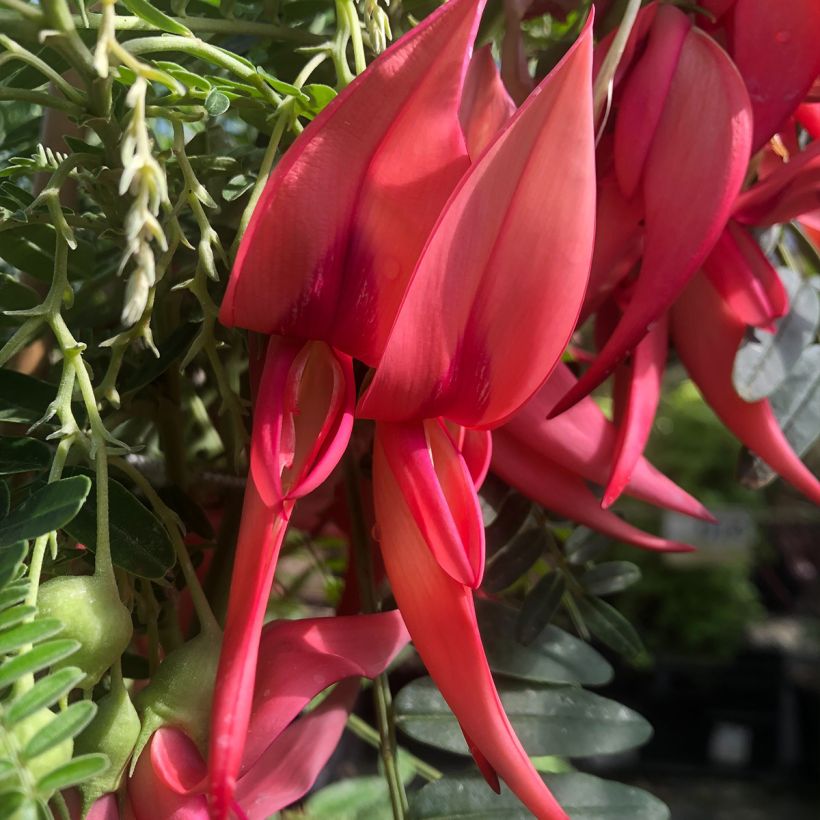

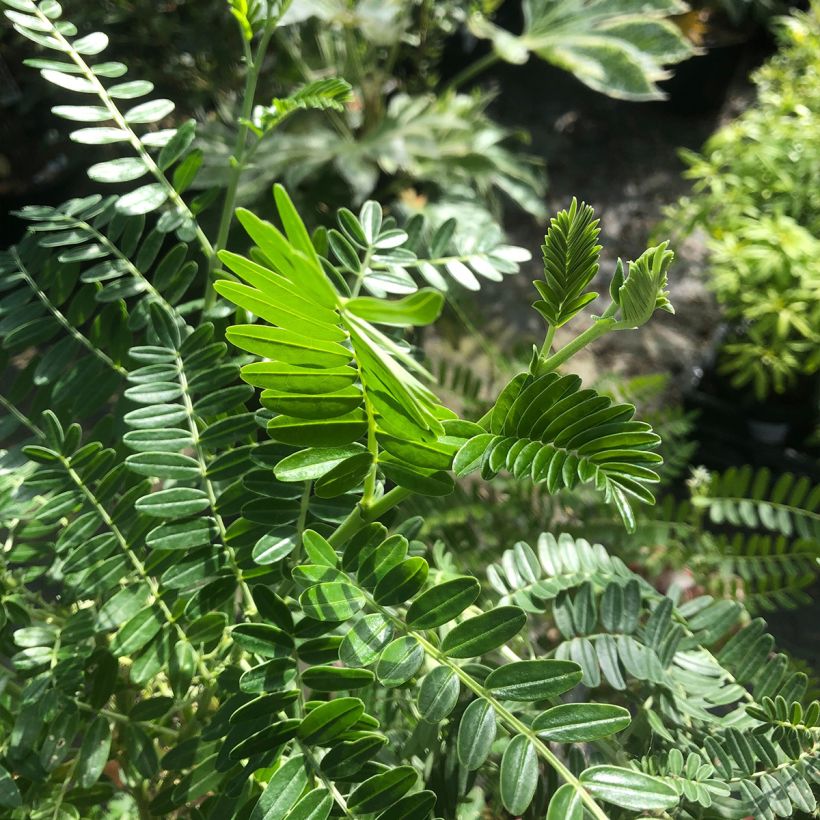

Plant habit
Flowering
Foliage
Botanical data
Clianthus
puniceus
Flamingo
Fabaceae
Kaka Beak, Parrot's Beak, Lobster Claw, Parrot's Bill
Oceania
Other Clianthus - Kakabeak
Planting and care
If you want to plant Clianthus puniceus in our region, ensure the temperature doesn't drop below -6°C (21.2 °F) for a short time. It's best to plant it in spring. Use well-drained soil with rocks or gravel and prefer limestone or ordinary soil in summer. The plant needs sunshine and partial shade in the South and should be kept out of the wind. The plant needs water during growth and flowering, but watch out for snails that eat young shoots and leaves.
To grow Clianthus puniceus in pots, mix horticultural compost, garden soil, and gravel in equal parts. Put gravel at the bottom of the pot to drain excess water. Water the plant regularly in the growing season but less often in winter. Don't use too much nitrogen. Keep the plant in a bright but unheated room in cold weather, and protect it from frost. Prune sparingly after flowering.
Repot it every three years or when the plant becomes too big for its pot. Install the plant in a larger pot without disturbing the roots.
Planting period
Intended location
Care
-
, onOrder confirmed
Reply from on Promesse de fleurs
Evergreen shrubs
Haven't found what you were looking for?
Hardiness is the lowest winter temperature a plant can endure without suffering serious damage or even dying. However, hardiness is affected by location (a sheltered area, such as a patio), protection (winter cover) and soil type (hardiness is improved by well-drained soil).

Photo Sharing Terms & Conditions
In order to encourage gardeners to interact and share their experiences, Promesse de fleurs offers various media enabling content to be uploaded onto its Site - in particular via the ‘Photo sharing’ module.
The User agrees to refrain from:
- Posting any content that is illegal, prejudicial, insulting, racist, inciteful to hatred, revisionist, contrary to public decency, that infringes on privacy or on the privacy rights of third parties, in particular the publicity rights of persons and goods, intellectual property rights, or the right to privacy.
- Submitting content on behalf of a third party;
- Impersonate the identity of a third party and/or publish any personal information about a third party;
In general, the User undertakes to refrain from any unethical behaviour.
All Content (in particular text, comments, files, images, photos, videos, creative works, etc.), which may be subject to property or intellectual property rights, image or other private rights, shall remain the property of the User, subject to the limited rights granted by the terms of the licence granted by Promesse de fleurs as stated below. Users are at liberty to publish or not to publish such Content on the Site, notably via the ‘Photo Sharing’ facility, and accept that this Content shall be made public and freely accessible, notably on the Internet.
Users further acknowledge, undertake to have ,and guarantee that they hold all necessary rights and permissions to publish such material on the Site, in particular with regard to the legislation in force pertaining to any privacy, property, intellectual property, image, or contractual rights, or rights of any other nature. By publishing such Content on the Site, Users acknowledge accepting full liability as publishers of the Content within the meaning of the law, and grant Promesse de fleurs, free of charge, an inclusive, worldwide licence for the said Content for the entire duration of its publication, including all reproduction, representation, up/downloading, displaying, performing, transmission, and storage rights.
Users also grant permission for their name to be linked to the Content and accept that this link may not always be made available.
By engaging in posting material, Users consent to their Content becoming automatically accessible on the Internet, in particular on other sites and/or blogs and/or web pages of the Promesse de fleurs site, including in particular social pages and the Promesse de fleurs catalogue.
Users may secure the removal of entrusted content free of charge by issuing a simple request via our contact form.
The flowering period indicated on our website applies to countries and regions located in USDA zone 8 (France, the United Kingdom, Ireland, the Netherlands, etc.)
It will vary according to where you live:
- In zones 9 to 10 (Italy, Spain, Greece, etc.), flowering will occur about 2 to 4 weeks earlier.
- In zones 6 to 7 (Germany, Poland, Slovenia, and lower mountainous regions), flowering will be delayed by 2 to 3 weeks.
- In zone 5 (Central Europe, Scandinavia), blooming will be delayed by 3 to 5 weeks.
In temperate climates, pruning of spring-flowering shrubs (forsythia, spireas, etc.) should be done just after flowering.
Pruning of summer-flowering shrubs (Indian Lilac, Perovskia, etc.) can be done in winter or spring.
In cold regions as well as with frost-sensitive plants, avoid pruning too early when severe frosts may still occur.
The planting period indicated on our website applies to countries and regions located in USDA zone 8 (France, United Kingdom, Ireland, Netherlands).
It will vary according to where you live:
- In Mediterranean zones (Marseille, Madrid, Milan, etc.), autumn and winter are the best planting periods.
- In continental zones (Strasbourg, Munich, Vienna, etc.), delay planting by 2 to 3 weeks in spring and bring it forward by 2 to 4 weeks in autumn.
- In mountainous regions (the Alps, Pyrenees, Carpathians, etc.), it is best to plant in late spring (May-June) or late summer (August-September).
The harvesting period indicated on our website applies to countries and regions in USDA zone 8 (France, England, Ireland, the Netherlands).
In colder areas (Scandinavia, Poland, Austria...) fruit and vegetable harvests are likely to be delayed by 3-4 weeks.
In warmer areas (Italy, Spain, Greece, etc.), harvesting will probably take place earlier, depending on weather conditions.
The sowing periods indicated on our website apply to countries and regions within USDA Zone 8 (France, UK, Ireland, Netherlands).
In colder areas (Scandinavia, Poland, Austria...), delay any outdoor sowing by 3-4 weeks, or sow under glass.
In warmer climes (Italy, Spain, Greece, etc.), bring outdoor sowing forward by a few weeks.


































